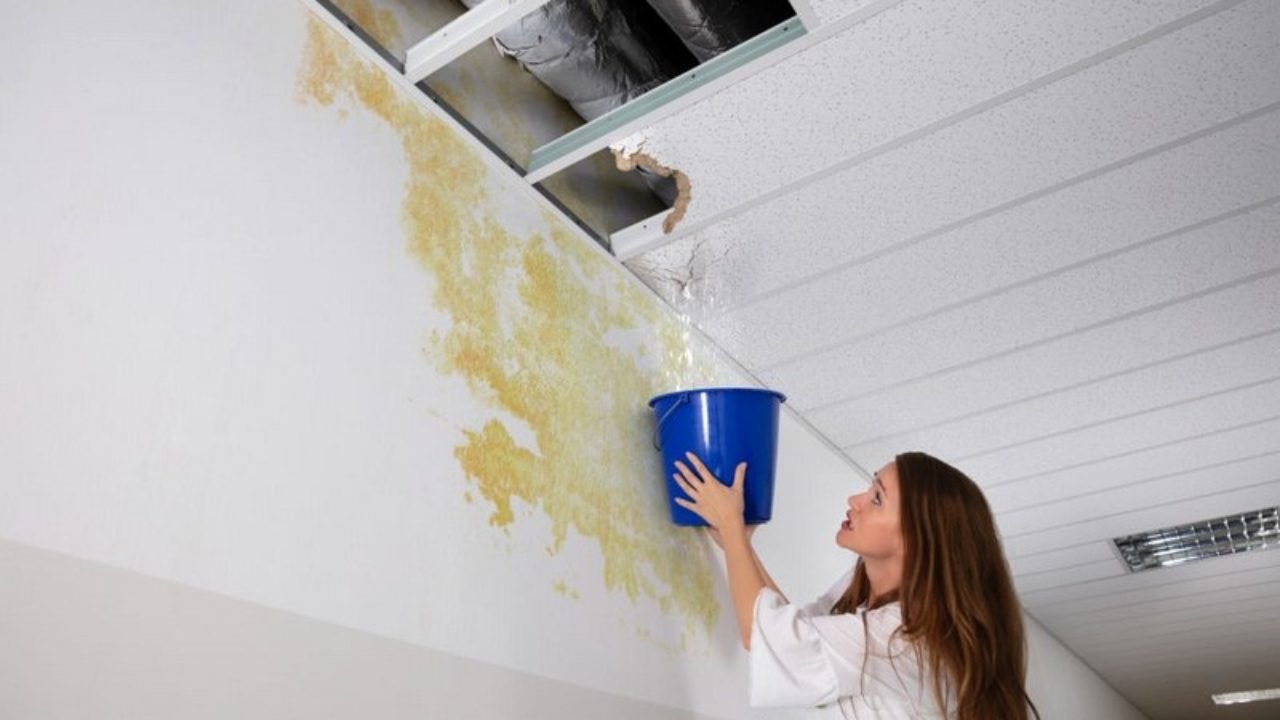This post which follows involving How to Find Water Leaks is absolutely stimulating. Read it for your own benefit and figure out what you think of it.

Leakages not just create waste of water but can also cause unnecessary damage to your house as well as advertise undesirable organic development. Water leakages could go undetected considering that most of the pipework in our house is hidden. By understanding and also looking for daily situations that cause leakages, you can secure your home from future leakages and also unnecessary damages. Today, we will certainly take a look at six leakage causes that might be triggering your pipelines to drip.
Instant temperature modifications.
Severe temperature level modifications in our pipes can cause them to expand and also get suddenly. This growth and tightening might cause splits in the pipelines, particularly if the temperature are listed below freezing.
Rusty water supply
This could be the cause of discoloration or warping on your water pipelines. If our plumbing system is old, take into consideration replacing the pipes since they are at a greater danger of corrosion than the more recent designs.
Defective Pipeline Joints
Pipeline joints can degrade over time, resulting in water leaks. If you have loud pipes that make ticking or banging sounds, especially when the hot water is turned on, your pipeline joints are probably under a lot of pressure.
Trespassing origins
The majority of water leaks begin outside the home instead than inside it. You might observe wet patches or sinkholes in your backyard, and that could mean that tree roots are attacking water lines causing water to leak out.
Poor Water Connectors
At times, a leakage can be caused by loose hoses as well as pipes that provide your devices. In instance of a water links leak, you might see water running straight from the supply line or pools around your home appliances.
Blocked Drains
Clogged drains pipes may be bothersome and inconveniencing, yet they can often wind up triggering an overflow leading to break pipes. Maintain removing any type of products that may drop your drains that might obstruct them to avoid such troubles.
All the above are causes of leakages yet not all water leakages result from plumbing leaks; some leakages could originate from roofing system leaks. All leakages need to be fixed instantly to prevent water damage.
Leakages not just trigger waste of water yet can additionally cause unneeded damage to your home and advertise unwanted organic development. By looking and recognizing for daily situations that trigger leaks, you can protect your residence from future leaks and also unnecessary damages. Today, we will look at 6 leak creates that may be creating your pipes to trickle.
At times, a leak can be created by loose tubes and pipes that supply your devices. In case of a water connections leak, you may observe water running directly from the supply line or puddles around your home appliances.
TYPES OF WATER LEAKS YOU SHOULD BE FAMILIAR WITH
Shower Fixture Water Leaks
If you notice a water leak near your shower fixture, perform an inspection to confirm if you are able to find broken caulk lines. As your shower fixture becomes older, it is not uncommon for water to leak onto the other side of the frame. To fix this type of plumbing leak, scrape off the old caulk and run a new bead of it around the shower fixture to seal up any fractured crevices and holes.
Bathtub Drainage Water leaks
To fix this type of leak in a bathtub, remove the drain flange and clean it. Next, you should also remove the rubber gasket located beneath the tub’s drain hole. Buy a replacement gasket that matches the old version and install it in the same location. Once the drain flange and rubber gasket are installed, apply a small amount of silicone caulk to the drain to prevent water leakage below your tub.
Water Pipe Leaks Behind Walls
Issues such as discolored grout and loose shower tiles may be caused by a water pipe leak behind the walls in your bathroom. To fix this plumbing leak, you will be required to remove the tiles, grout, or caulk in your shower. Once the tiles in your shower have been removed, perform an inspection of the drywall to confirm if it’s moist or wet. If you notice water marks or mold on the wall, this is an indicator of a water pipe leak.
Toilet Leaks
Nobody likes a toilet leak. It can cause water damage to the subfloor, joists, or even the ceiling in the room below. To combat this type of water leak, you will need to reinstall your toilet with a brand new ring of wax. If the toilet sits uneven, be sure to add toilet shims to correct the issue. Do you notice a broken bolt slot or flange? We recommend performing a new metal flange installation to remediate this issue.
Sink Water Leaks
To prevent damage to the beautiful counter tops in your kitchen or bathroom, tighten the base of your sink to prevent a water leak. Next, scrape away any old caulk around the sink and apply a fresh coat. Prior to using the kitchen or bathroom sink, you will need to secure the fixture to the countertop with the clips located beneath the sink rim to prevent a water leak.
https://www.fenwickhomeservices.com/blog/6-types-of-water-leaks-you-should-be-familiar-with/

As a person who reads on How Fast Water Damage Can Ruin Your Home, I assumed sharing that excerpt was essential. Are you aware of someone else who is in to the subject? Feel free to promote it. I recognize the value of reading our article about Most Common Causes of Leaky Pipes.
Get An Estimate